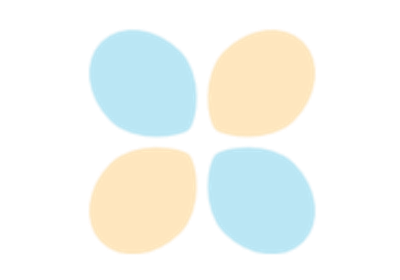gempy.core.data.Structure¶
-
class
gempy.core.data.Structure(surface_points, orientations, surfaces: gempy.core.data.Surfaces, faults)[source]¶ The structure_data class analyse the different lengths of subset in the interface and orientations categories_df to pass them to the theano function.
-
surface_points¶ [s0]
- Type
SurfacePoints
-
orientations¶ [s1]
- Type
Orientations
-
faults¶ [s3]
- Type
Faults
-
df¶ len surfaces surface_points (list): length of each surface/fault in surface_points
len series surface_points (list) : length of each series in surface_points
len series orientations (list) : length of each series in orientations
number surfaces per series (list): number of surfaces per series
…
- Type
pn.DataFrame
- Parameters
surface_points (
SurfacePoints) – [s0]orientations (
Orientations) – [s1]surfaces (
Surfaces) – [s2]faults (
Faults) – [s3]
Examples using Structure
Methods
__init__(surface_points, orientations, …)Initialize self.
Check if there is lithologies in the data and/or df.
Set the length of each series on Orientations i.e. how many orientations are for each series.
Set the length of each surface on SurfacePoints i.e. how many data points are for each surface.
Set number of faults series.
Set the number of total surfaces
Set number of surfaces for each series
Set the length of each series on SurfacePoints i.e. how many data points are for each series.
Update all fields dependent on the linked Data objects.
-
__init__(surface_points, orientations, surfaces: gempy.core.data.Surfaces, faults)[source]¶ Initialize self. See help(type(self)) for accurate signature.
-
update_structure_from_input()[source]¶ Update all fields dependent on the linked Data objects.
- Returns
True
- Return type
-
set_length_surfaces_i()[source]¶ Set the length of each surface on SurfacePoints i.e. how many data points are for each surface
- Returns
df where Structural data is stored
- Return type
pn.DataFrame
-
set_series_and_length_series_i()[source]¶ Set the length of each series on SurfacePoints i.e. how many data points are for each series. Also sets the number of series itself.
- Returns
df where Structural data is stored
- Return type
pn.DataFrame
-
set_length_series_o()[source]¶ Set the length of each series on Orientations i.e. how many orientations are for each series.
- Returns
df where Structural data is stored
- Return type
pn.DataFrame
-
set_number_of_surfaces_per_series()[source]¶ Set number of surfaces for each series
- Returns
df where Structural data is stored
- Return type
pn.DataFrame
-
set_number_of_faults()[source]¶ Set number of faults series. This method in gempy v2 is simply informative
- Returns
df where Structural data is stored
- Return type
pn.DataFrame
-

